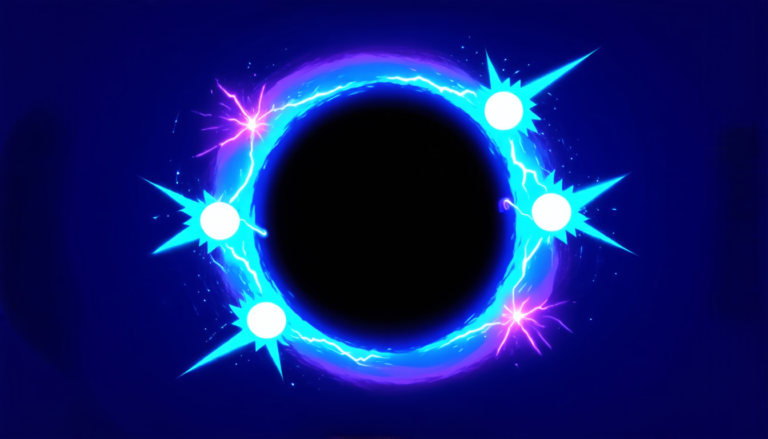Thursday 05 June 2025
Researchers have made a significant breakthrough in the field of epitaxial growth, using reduced graphene oxide (rGO) as a self-organized mask to control GaN nucleation and growth. The team’s innovative approach could lead to more efficient and cost-effective production methods for optoelectronic devices such as LEDs and laser diodes.
The challenge lies in creating uniform, percolative pathways within the rGO film that allow precursor molecules to diffuse through and selectively deposit onto specific areas of the substrate. By incorporating tetrabutylammonium (TBA) ions into the GO solution, the researchers were able to improve the flake stacking morphology and create a more continuous, nanoscale transport network.
The team grew GaN crystals on SiO2-patterned sapphire substrates using a combination of spin-coating, thermal reduction, and high-temperature plasma-enhanced chemical vapor deposition (HPECVD). The resulting films exhibited distinct nucleation behaviors, depending on the local stacking configuration and continuity of the rGO film.
In areas where the rGO was discontinuous or undercovered, conventional epitaxial lateral overgrowth (ELOG) occurred, with large domains merging to cover the entire opening. In contrast, regions with more continuous and uniform rGO films showed thru-hole epitaxy (THE), where precursor molecules diffused through the percolative pathways and selectively deposited onto specific areas of the substrate.
The researchers observed that the local stacking configuration and continuity of the rGO film directly influenced GaN nucleation behavior. Discontinuous regions led to ELOG, while more continuous and uniform films promoted THE via nanoscale percolative pathways. This is a significant finding, as it suggests that by tailoring the rGO morphology, researchers can control GaN growth patterns and achieve higher yields of high-quality crystals.
The team’s approach has important implications for the production of optoelectronic devices, which rely on precise control over crystal growth and morphology. By using self-organized masks to selectively deposit precursor molecules, researchers can reduce waste and improve efficiency in the manufacturing process.
In addition to its potential applications in optoelectronics, this research may also have implications for other fields where epitaxial growth is critical, such as quantum computing or advanced materials synthesis. The ability to control GaN growth patterns using self-organized masks could lead to breakthroughs in a range of technologies, from high-speed electronics to medical devices.
Cite this article: “Masking the Way: Self-Organized rGO Films Control GaN Crystal Growth”, The Science Archive, 2025.
Graphene Oxide, Gan, Epitaxial Growth, Optoelectronics, Leds, Laser Diodes, Self-Organized Mask, Nanoscale Percolative Pathways, Tetrabutylammonium Ions, High-Temperature







